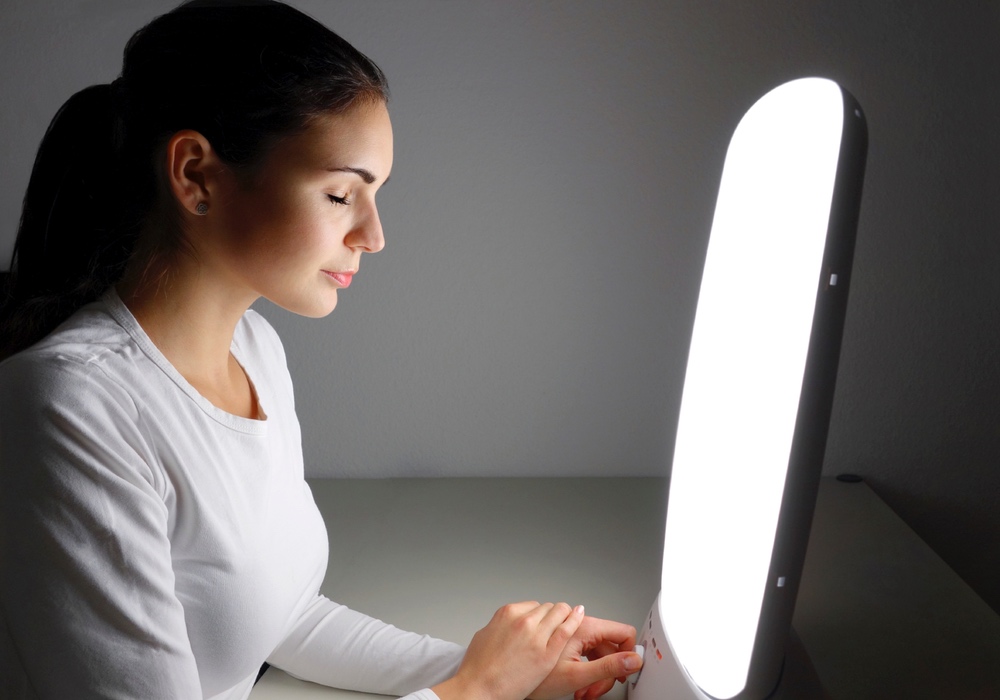Depression can be difficult to treat, and it may be recurrent or treatment-resistant in some individuals. So researchers are always looking for new and more effective ways to treat this mood disorder.
The current treatments for depression include antidepressant medications, psychotherapy, cognitive behavioral therapy, electroconvulsive shock (ECT), transcranial magnetic stimulation, among others.
Light therapy, in which a person spends time in front of a light box that exposes them to a spectrum of white light duplicating that of the sun, is a form of treatment that has only been used for people diagnosed with seasonal affective disorder (SAD), a type of depression affecting people during the winter months.Patients receiving the combination of light therapy and antidepressant medication showed the greatest reduction in depression. Those who received light therapy alone also showed significant improvement.
The researchers recruited 122 patients with depression from several outpatient clinics. Patients were placed into one of four groups, each of which was treated with some combination of the antidepressant fluoxetine (Prozac), or a placebo (sugar pill) and either a therapeutic light box or sham light box.
The light box and sham box instructions given to the patients required a daily exposure for 30 minutes as soon as possible after they awakened, preferably between 7 and 8 am.
The severity of patients' depression, both initially and over the course of the study, was assessed by telephone interviews, one-on-one evaluations by psychiatrists, and self-rating questionnaires completed by the patients.
When patients were evaluated at 4, 6, and 8 weeks of treatment, those receiving the combination of light therapy and antidepressant medication showed the greatest reduction in depression. Those who received light therapy alone also showed significant improvement.
Surprisingly, medication alone was not shown to be superior to placebo. The researchers suggest that the small size of the study group and the relatively short length of the study may have created an inaccurate impression of the impact of drug therapy alone.
Scientists are still not sure why light has a positive effect on depression. It has been suggested that the light resynchronizes the body's circadian rhythms and/or restores malfunctioning neurotransmitter systems. Other studies have suggested that bright light may act similarly to antidepressants on the neurochemical circuits that impact mood regulation.
This study, although small, opens the door to much more research and treatment potential. The impact of changing the doses and duration of light, as well as altering the doses and classes of antidepressant drugs, could all be investigated. Dosing recommendations could potentially be raised to achieve optimum impact without adding side effects.
People struggling with depression are encouraged to seek professional help in managing their symptoms and may want to ask their health care providers about the potential role of adding light therapy to their treatment regimens.





